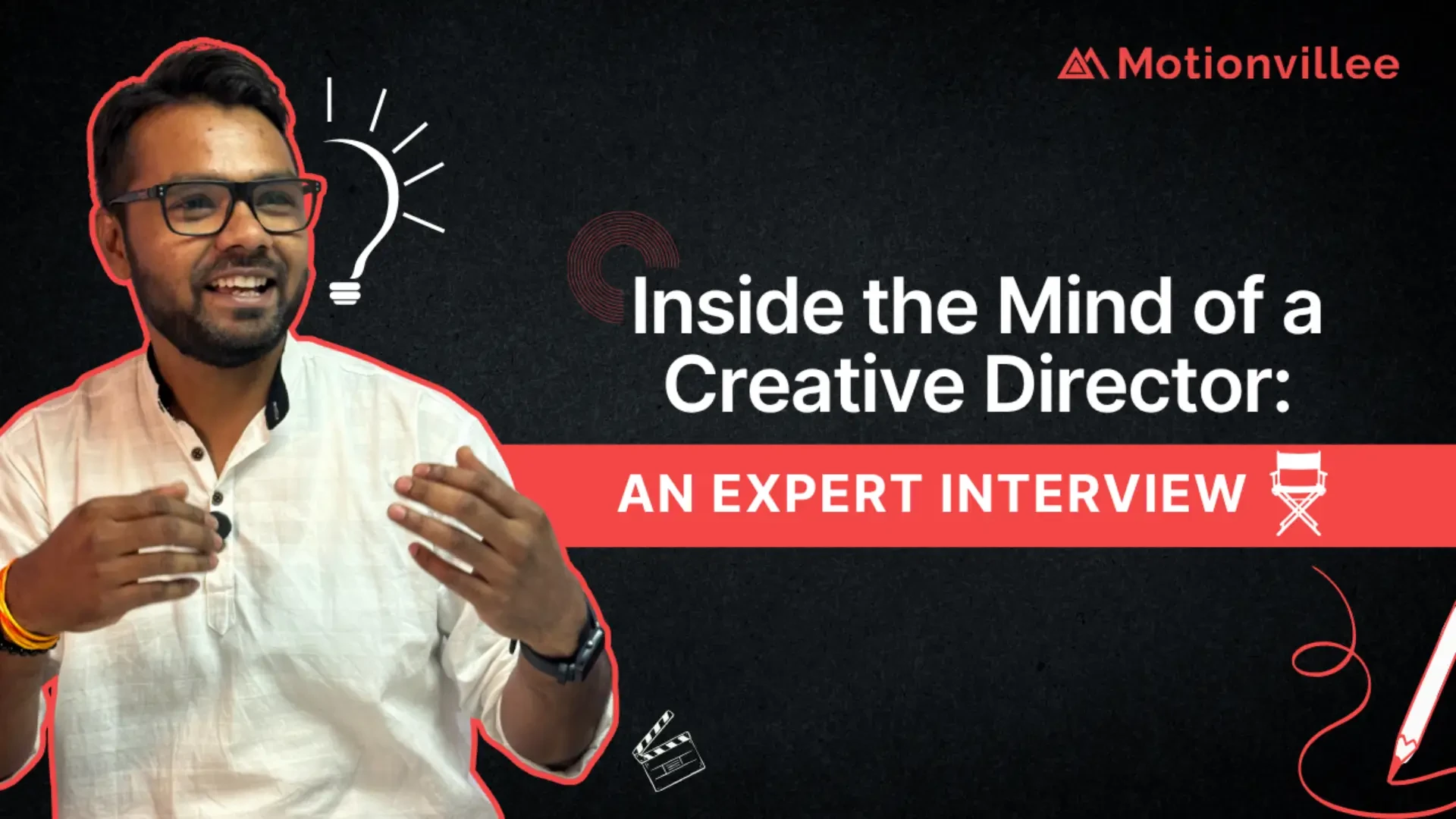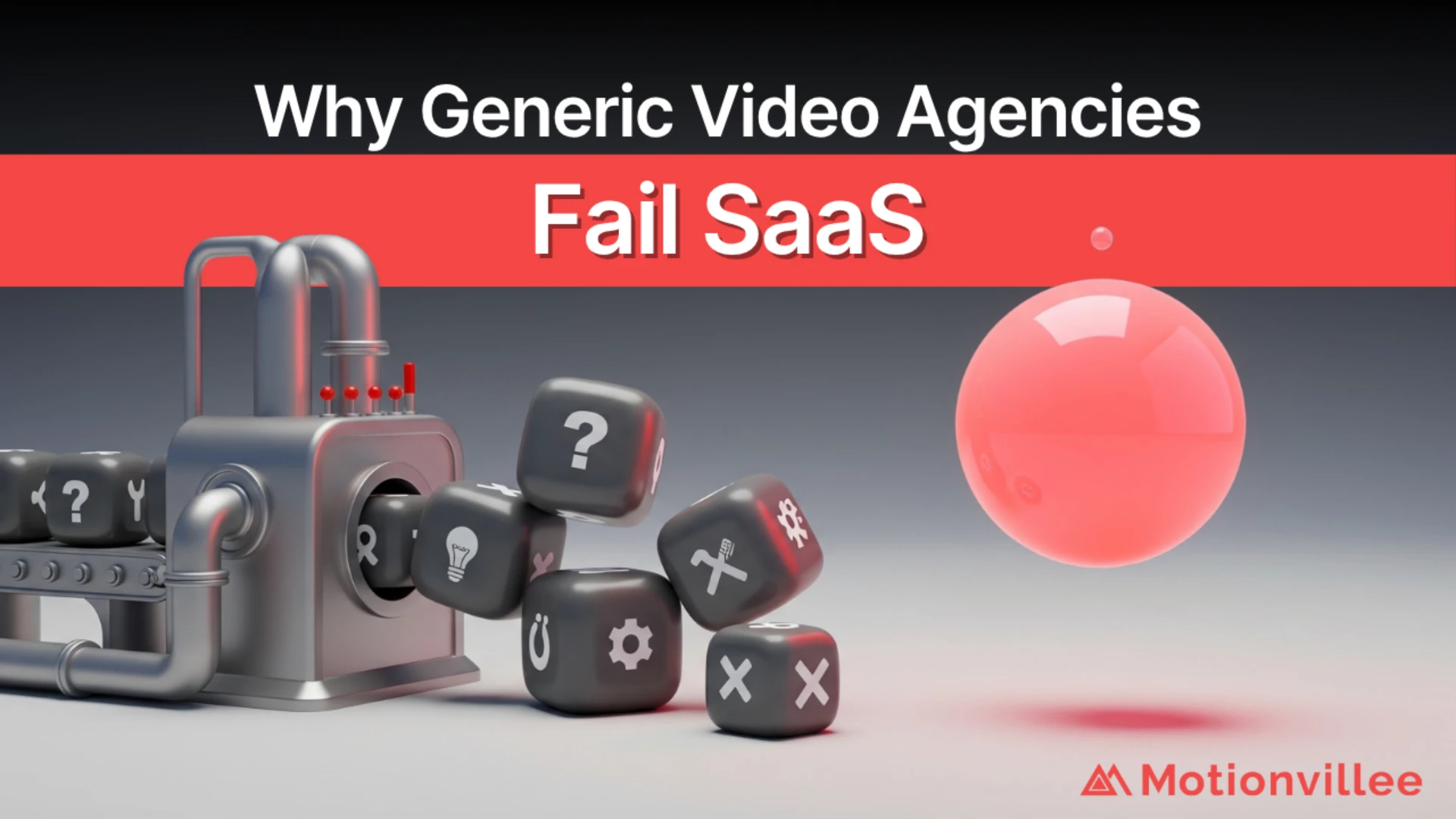When the idea of creating an animated video crossed your mind, you probably found yourself wondering “How much does animation cost” or “Is it worth investing”. It is crucial to understand these questions before starting the animation part.
The next question while starting your journey of animation is “ Why does animation cost money”. Animation serves as an effective tool for capturing the attention of new customers by delivering messages across digital platforms uniquely and engagingly. It offers an entertaining yet informative way to engage the audience.
However, determining the cost of animation production is crucial, as it can vary based on several factors.
In this article, we’ll explore what influences the cost of an animation video project. We’ll also share helpful tips for finding the right animation studio that fits your needs and budget. And most importantly, we’ll answer the question: How much does animation cost? By covering these points, you’ll gain a clearer understanding of animation expenses and be better equipped to plan your animation projects effectively.
Factors That Affect the Cost of an Animation
Animation is a versatile and powerful tool used in various industries, including advertising, entertainment, education, and more. Whether it’s for creating marketing videos, explainer animations, cartoons, or feature films, the cost of animation production can vary significantly based on that. Meanwhile, it also varies based on the 2d animation or 3d animation cost.
This means that an animation studio sets different prices for each industry, either flexible or fixed. They also fix the price based on the 2d animation or 3d animation cost. To help you better understand, let’s explore the main factors that affect the average cost of animation per minute by a video production company.
Animation Style and Complexity
One of the primary factors that affect the cost of an animation project is the chosen animation style and complexity. Animation styles can range from simple 2D animations to more intricate 3D animations, each requiring different skill sets, techniques, and resources.
Generally, 3D rendering animations tend to be more costly than 2D animations due to the additional time and expertise required to create realistic three-dimensional visuals.
The complexity of the animation also plays a significant role in determining the cost. Simple animations with minimal movement and detail are typically less expensive to produce than complex animations with intricate character designs, dynamic camera movements, and detailed backgrounds. The level of detail and realism required in the animation will influence the amount of time and effort needed from animators, which in turn affects the overall cost of the project.
Duration of the Animation
Another crucial factor that impacts the cost of an animation project is the duration of the animation. The longer the animation, the more time and resources are required to create it, leading to higher production costs. Animation video projects can range from short promotional videos or advertisements lasting a few seconds to full-length animated films or series spanning several minutes or even hours.
Shorter animation explainer videos may be more cost-effective for businesses with limited budgets or time constraints. Meanwhile, longer animations may be necessary for storytelling or educational purposes. It’s essential to consider the intended length of the animation when planning the project budget and timeline, as longer animations will inevitably require more resources and investment.
Complexity of the Storyboard and Script
The complexity of the storyboard and script also influences the cost of an animation project. A well-defined storyboard and script provide a roadmap for the animation process, outlining key scenes, dialogue, and character actions. However, creating a detailed storyboard and script requires time and effort from writers, directors, and storyboard artists, which can increase production costs.
Complex storylines with multiple characters, settings, and plot twists may require more extensive storyboarding and scripting. It leads to higher production costs. Conversely, simpler storylines with fewer characters and settings may be more cost-effective. It’s essential to balance the story’s complexity and the project budget to ensure that the final animation meets the desired quality standards without exceeding financial constraints.
Quality of Animation and Visual Effects
The quality of 3D-rendered animation and visual effects is another critical factor that affects the cost of an animation project. Higher-quality animations like 3D- animations with smooth movements, detailed character designs, and realistic visual effects require more time, expertise, and resources to produce, resulting in higher production costs. Conversely, animations with lower-quality visuals may be less expensive but may not have the same level of impact or appeal to audiences.
Visual effects, such as particle effects, lighting, and special effects, can also add to the overall cost of the animation project. These effects require additional time and skill to create, especially in 3D animations, where rendering times can be longer. The complexity and quantity of visual effects included in the animation will influence the production budget and timeline, so it’s essential to consider these factors during the planning stages of the project.
Project Timeline and Deadlines
The project timeline and deadlines also play a crucial role in determining the cost of an animation project. Various explainer video companies may push tight deadlines may require animators to work overtime or hire additional staff to meet project milestones, which can increase production costs. Longer timelines allow for more flexibility and may result in lower overall costs as animators can work at a more manageable pace.
It’s essential to establish realistic timelines and deadlines for the animation project to ensure that all deliverables are completed on time and within budget. Various rushed animation projects can lead to compromised quality and increased stress for animators, while extended timelines may result in higher costs due to prolonged production schedules. Finding the right balance between speed and quality is key to managing costs effectively and achieving project success.
Revisions and Client Feedback
Client feedback and revisions are inevitable parts of the animation production process and can impact the overall cost of the project. Iterative feedback loops require animators to make adjustments, revisions, and refinements based on client input, which can add to the project’s timeline and cost. Therefore, it’s essential to establish clear communication channels and expectations with clients to minimize unnecessary revisions and keep the project on track.
Location
The location of the animated video production company you choose for outsourcing can significantly impact the cost of animation. Factors such as talent’s average income, cost of living, and taxes vary depending on the location, affecting the overall pricing of animation services.
Considering outsourcing to a team in developing countries in Asia can yield cost savings without compromising quality. For instance, while American animation companies may charge around $150 per working hour per person, Europe-based companies typically charge between $25 and $100. Asian animation companies, on the other hand, may charge between $25 and $50 per hour for 2D animation services or a little more for 3d rendering animation services.
However, it’s essential to note that the price per hour doesn’t necessarily correlate with the final result. While outsourcing to a company with lower rates may save money upfront, it’s crucial to assess the quality of their work and ensure it meets your standards and requirements. Ultimately, finding the right balance between cost and quality is key when selecting an animation production company.
Cost Ranges for Different Animation Styles
When it comes to the average cost of animation per minute, different styles can significantly impact the cost of a project. Factors such as the level of detail, complexity, and motion fluidity are crucial in determining the price range within each animation style. Let’s explore the cost ranges for three popular animation styles: 2D animation, 3D animation, and motion graphics.
How Much Does 2D Animation Cost Per Minute?
2D animation video is one of the most traditional and widely used animation styles. It involves creating characters, backgrounds, and objects in a two-dimensional space and animating them frame by frame. 2D animation videos are often used in television shows, commercials, explainer videos, and educational content.
The cost of 2D animation can vary depending on factors such as the complexity of the artwork, the number of frames required, and the level of detail. On average, 2D animation services may range from $50 to $300 per second of animation. However, simpler animations or animations with fewer frames may cost less, while more complex animations with intricate artwork and detailed movements may cost more.
How Much Does 3D Animation Cost Per Minute?
3D animation videos involve creating three-dimensional models, textures, and environments and animating them in a digital space. This animation is commonly used in films, video games, and advertisements.
The cost of 3D animation videos tends to be higher than 2D animation due to the additional time, expertise, and resources required to create realistic three-dimensional visuals. On average, 3D animation services may range from $100 to $500 per second of animation. However, the cost can vary depending on factors such as the complexity of the models, the level of detail, and the quality of the animation.
How Much Does Stop Motion Animation Cost Per Minute?
Stop-motion animation involves manipulating physical objects or puppets and photographing them frame by frame to create the illusion of movement. Stop-motion animation is often used in commercials, music videos, and independent films.
The cost of stop-motion animation can vary depending on factors such as the complexity of the scenes, the size and detail of the models, and the number of frames required. On average, stop motion animation services may range from $200 to $1000 per second of animation. However, the cost can be higher for more complex animations or animations with detailed sets and characters.
How Much Does Motion Graphics Cost Per Minute?
Motion graphics animation involves animating graphical elements such as text, icons, and shapes to convey information or create visual effects. These are commonly used in Motion Graphics explainer videos, title sequences, and corporate presentations.
The cost of a motion graphics explainer video can vary depending on factors such as the complexity of the graphics, the level of detail, and the length of the animation. On average, motion graphics animation services may range from $50 to $300 per second of animation. However, simpler animations with fewer elements may cost less, while more complex animations with intricate graphics and transitions may cost more.
How Much Does Whiteboard Animation Cost Per Minute?
This type of animation involves creating drawings or illustrations on a whiteboard or similar surface and recording the process to create an animated video. Whiteboard animation is often used in educational videos, training videos, and marketing campaigns.
The cost of whiteboard animation can vary depending on factors such as the length of the video, the complexity of the illustrations, and the level of detail. On average, whiteboard animation services may range from $100 to $500 per minute of animation. However, simpler animations or animations with fewer illustrations may cost less, while more complex animations with detailed drawings and animations may cost more.
Why Does Animation Cost so Much Money?
Animation can be expensive due to several factors. Firstly, animation requires skilled professionals, including animators, illustrators, and designers, who command higher salaries. Additionally, animation projects often involve extensive planning, storyboarding, and pre-production work, which contribute to the overall cost.
Furthermore, animation software and equipment can be costly investments for studios and production companies. The complexity of the animation style, such as 3D animation or stop motion, can also impact costs, as more intricate techniques require more time and resources to execute. Additionally, revisions and changes during the production process can lead to increased expenses.
Finally, factors such as project deadlines, client expectations, and the need for high-quality results may result in additional costs. Overall, while animation can be a powerful and effective tool for storytelling and communication, its costliness reflects the skill, time, and resources required to create compelling animated content.
Conclusion
Understanding the factors influencing animation costs is essential for planning successful animation projects. Learning about How much animation costs per minute along with whether Is it worth investing your time and money is the essential question to ask.
Various elements, including animation style, duration, complexity, and quality, contribute to the overall cost. Additionally, factors such as project timelines, revisions, and client feedback play significant roles in determining expenses.
Different animation styles, such as 2D animation, 3D rendered animation, and motion graphics, come with varying cost ranges based on their intricacy and production requirements. While animation can be expensive due to the need for skilled professionals, specialized software, and equipment, its effectiveness in captivating audiences and conveying messages makes it a worthwhile investment for businesses and creatives.
Motionvillee offers top-notch animated video services tailored to fit your budget and needs. Our team understands the factors that influence animation costs, ensuring transparent pricing and delivering excellent value for your investment. Whether you’re looking for 2D, 3D, or motion graphics animation, we work with you to create captivating visuals that resonate with your audience.







